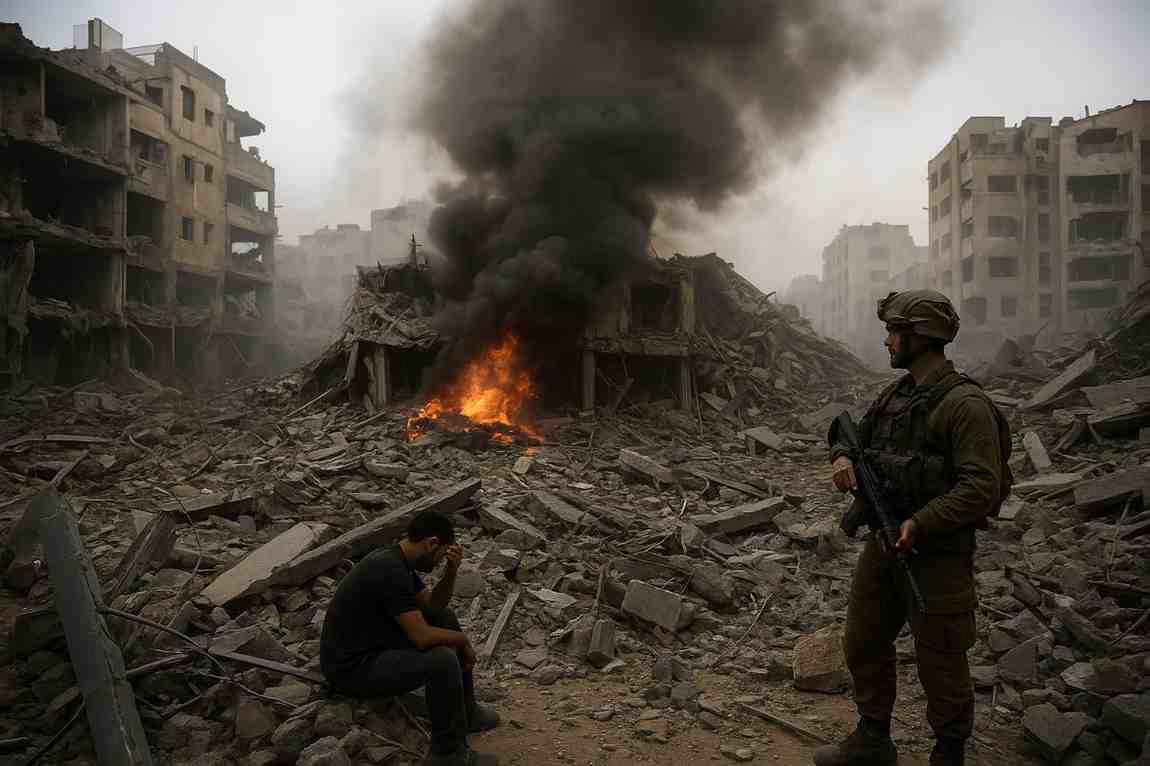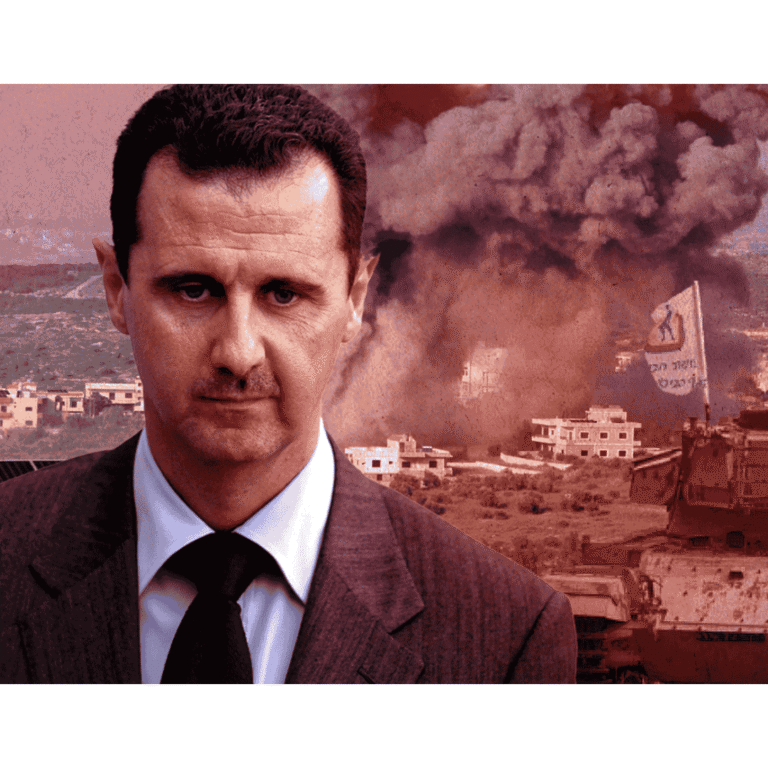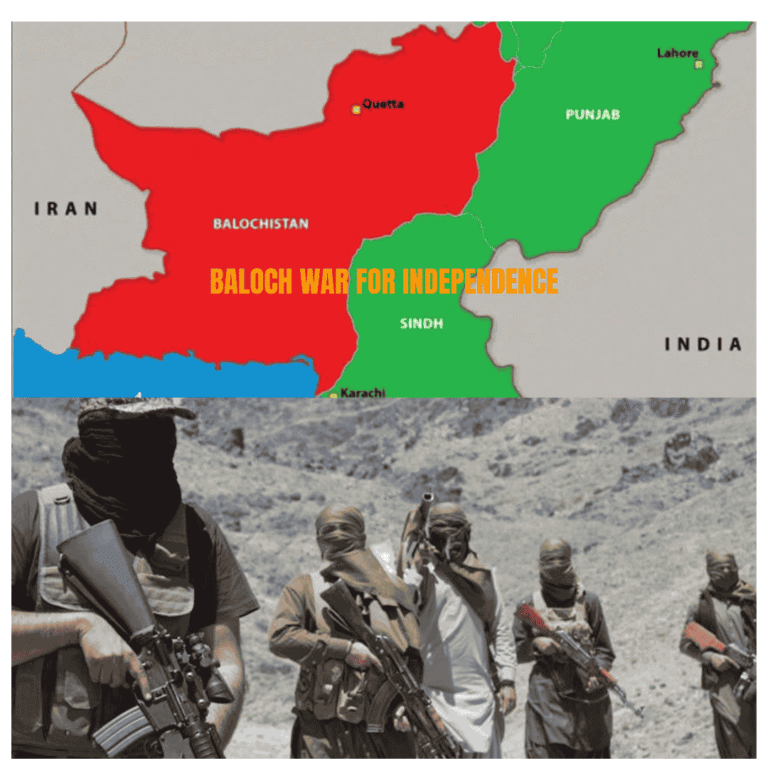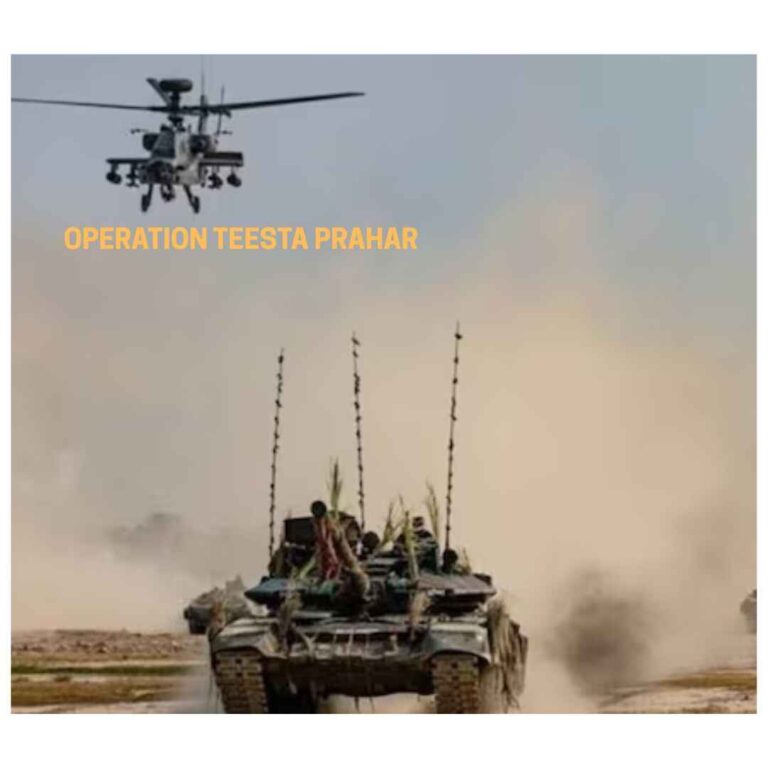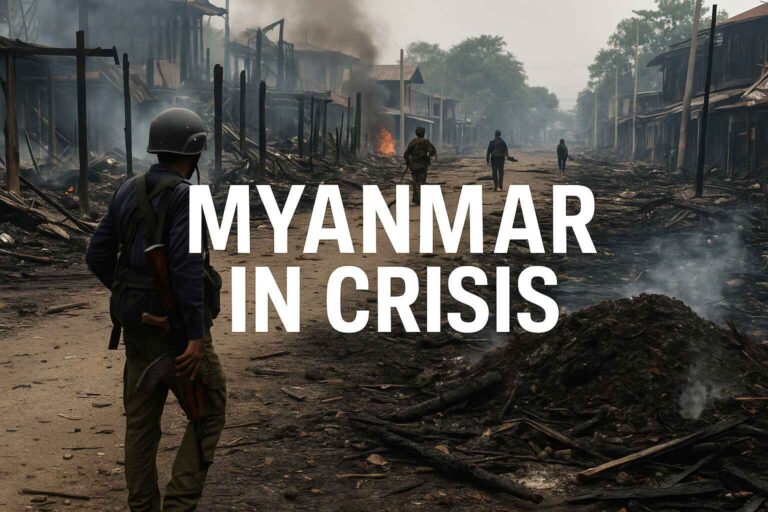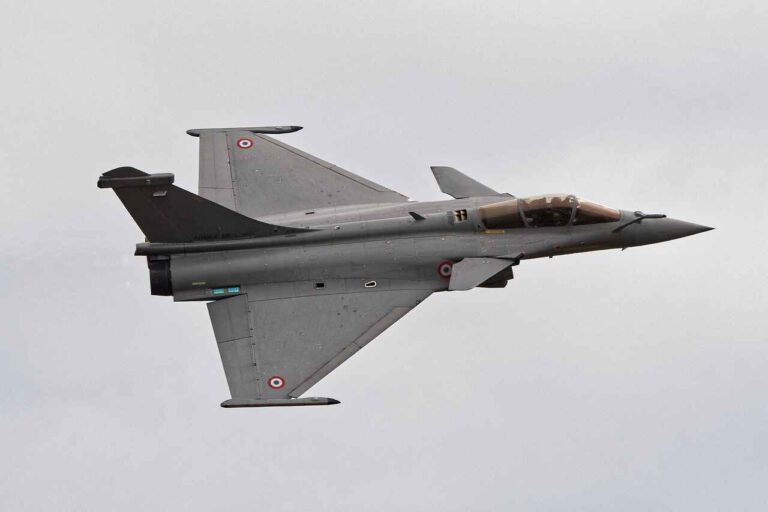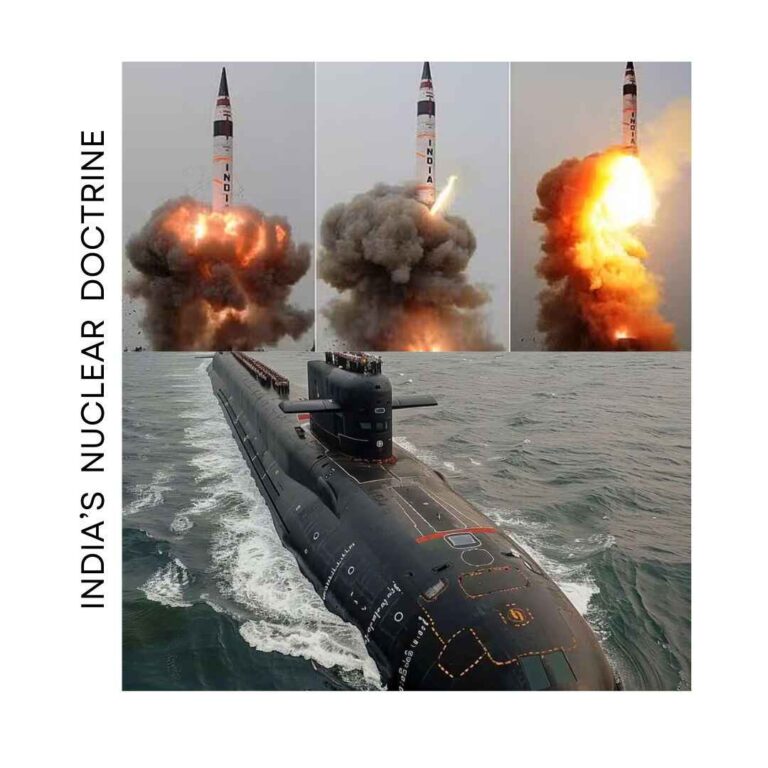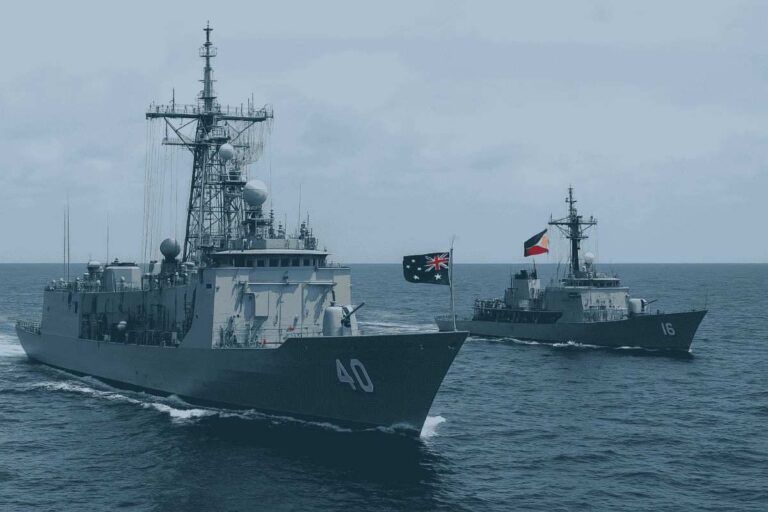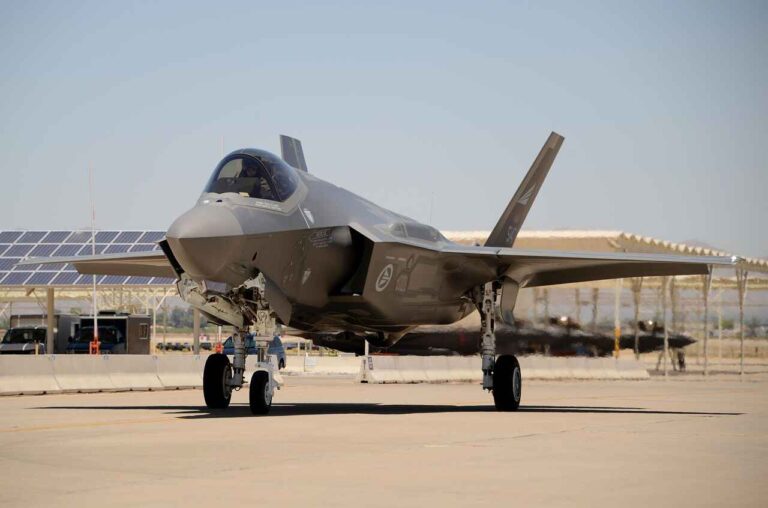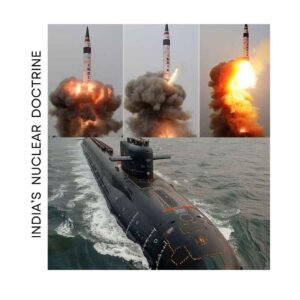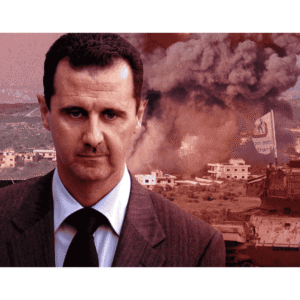Introduction
The Middle East remains one of the most volatile regions in the world, with the long-standing Israel-Palestine conflict at its core. Recent escalations between Israel and various actors in the region, including Iran’s proxy like Hamas in Gaza, and Hezbollah in Lebanon, have once again drawn global attention.
The conflict, rooted in decades of historical, political, and religious disputes, continues to reshape the geopolitical landscape, with profound implications for regional and international stability.
The tension is not only a military confrontation but a multifaceted struggle involving territorial disputes, ideological differences, and external powers vying for influence.
As new alliances form and old rivalries persist, the dynamics of the Israel-Middle East tensions have grown more complex. The involvement of key regional powers like Iran, Turkey, and Saudi Arabia, as well as international actors like the United States and Russia, further complicates the prospects for peace.
On October 7, 2023, Hamas launched a coordinated and unprecedented attack on Israel, triggering one of the most intense phases of the Israel-Palestine conflict in recent history.
The deadly assault, which led to an immediate military response from the Israel Defense Forces (IDF), has resulted in aerial bombardments and ongoing ground operations within the Gaza Strip. As the situation intensifies, efforts to rescue over one hundred hostages, both Israeli and foreign nationals, have largely proven futile, with the health status and locations of these individuals remaining unknown.
The humanitarian toll in Gaza has reached alarming levels. According to the Hamas-run Gazan Health Ministry, the death toll in Gaza has climbed to approximately 42,000. However, these figures are difficult to independently verify due to the restricted access of international organizations to the region.
The conflict has displaced almost two million Gazans, amounting to over 85% of the enclave’s population, creating a massive refugee crisis within the narrow and densely populated territory.
On the diplomatic front, U.S. Secretary of State Antony Blinken has been engaged in urgent efforts to broker a ceasefire and facilitate the release of hostages. These attempts, though critical in the pursuit of de-escalation, face formidable challenges given the deep-rooted hostilities between the two sides and the ongoing violence.
Beyond the immediate battlefield, the conflict has ignited broader regional tensions, risking further destabilization across the Middle East. Hezbollah, the Iran-backed militant group based in Lebanon, has engaged in sporadic cross-border skirmishes with the IDF, raising fears of a potential northern front in the conflict. In Yemen, Houthi rebels also backed by Iran have fired missiles at Israeli targets and commercial ships in the Red Sea, indicating a widening sphere of hostilities that could impact international trade routes and regional security.
Further complicating the situation are the actions of Iranian-backed militias in Iraq and Syria, which have launched multiple attacks on U.S. military positions in these countries. These developments underscore the broader geopolitical stakes of the Israel-Hamas war, as regional actors aligned with Tehran exploit the conflict to challenge U.S. and Israeli interests in the region.
As the conflict grinds on, the humanitarian situation in Gaza continues to deteriorate. The high civilian casualty rate, widespread displacement, and lack of basic necessities such as food, water, and medical supplies are pushing Gaza’s already fragile infrastructure to the brink of collapse. With international aid severely hampered by the ongoing military operations, the civilian population faces an escalating humanitarian catastrophe.
The international community is closely monitoring these developments, with various states calling for immediate de-escalation. However, the prospect of a lasting ceasefire remains elusive, with both Israel and Hamas entrenched in their positions. For Israel, the military operations in Gaza are framed as necessary for neutralizing Hamas’s threat. For Hamas, the conflict is presented as part of a broader struggle against Israeli occupation.
Origins of the Israel-Palestine Conflict
The Israel-Palestine conflict has deep historical roots, shaped by a complex interplay of religion, nationalism, and colonialism. To understand the contemporary tensions, one must trace the origins of the conflict back to the late 19th and early 20th centuries.
Zionism and Early Jewish Migration
The seeds of the modern Israel-Palestine conflict were sown in the late 19th century with the rise of Zionism, a nationalist movement advocating for the establishment of a Jewish homeland. Zionism emerged as a response to widespread persecution of Jews in Europe, particularly during the pogroms in Russia and Eastern Europe. The movement, founded by Theodor Herzl, sought to create a Jewish state in the historic land of Palestine, which held deep religious significance for the Jewish people.
At the time, Palestine was part of the Ottoman Empire and was home to a predominantly Arab population. However, small waves of Jewish immigration, funded by Zionist organizations, began to arrive in Palestine in the late 1800s. This marked the beginning of Jewish-Arab tensions in the region, as Arab communities viewed Jewish immigration as a threat to their land and identity.
World War I and the Balfour Declaration
The outbreak of World War I dramatically altered the political landscape of the Middle East. Following the collapse of the Ottoman Empire, Britain gained control over Palestine through the 1920 League of Nations Mandate. During the war, Britain had made conflicting promises to both Jews and Arabs regarding the future of Palestine.
In 1917, the British government issued the Balfour Declaration, expressing support for the establishment of a “national home for the Jewish people” in Palestine. This declaration, while vague, fuelled Jewish hopes for statehood and intensified Arab fears of displacement. The British, caught between these opposing national movements, struggled to maintain order in Palestine during the interwar period.
The British Mandate and Rising Tensions (1920–1947)
Under British rule, tensions between Jews and Arabs escalated. Jewish immigration to Palestine increased significantly, particularly during the 1930s, as European Jews fled rising anti-Semitism and Nazi persecution. This influx of Jewish settlers further strained relations with the Arab population, leading to violent clashes, such as the Arab Revolt of 1936–1939, which was a major uprising against both British colonial rule and Jewish immigration.
During this time, the Jewish community in Palestine, known as the Yishuv, established political and military structures, while Palestinian Arabs, lacking cohesive leadership, struggled to mount an effective resistance to both British control and Jewish settlement.
The Holocaust
The horrors of the Holocaust during World War II shifted global opinion in favour of Jewish statehood. As the world learned of the genocide committed against European Jews, pressure mounted on Britain and the international community to find a solution for the growing number of Jewish refugees. The Zionist movement gained significant support, particularly in the United States, for the creation of a Jewish state in Palestine.
The United Nations Partition Plan (1947)
In 1947, amid the waning British control over Palestine, the United Nations introduced Resolution 181, also known as the Partition Plan, to address competing claims between the Arab and Jewish populations. This plan proposed a two-state solution, dividing the British Mandate of Palestine into Arab and Jewish territories. While the Jewish leadership accepted the proposal, Arab leaders vehemently opposed it, seeing the partition as unjust. On May 14, 1948, the State of Israel was declared, prompting the first Arab-Israeli War. By 1949, the conflict had concluded with Israel securing military victory, but at the cost of displacing approximately 750,000 Palestinians. The aftermath left the region divided into three distinct entities: Israel, the West Bank, and the Gaza Strip a division that would become a defining feature of the protracted conflict.
Shifting Power and the Six-Day War
The decade following Israel’s establishment saw escalating tensions with neighbouring Arab states, particularly Egypt, Jordan, and Syria. This animosity was exacerbated by the 1956 Suez Crisis, which set the stage for the transformative Six-Day War in June 1967. Pre-emptively striking Egyptian and Syrian air forces, Israel swiftly seized control of the Sinai Peninsula, Gaza Strip, West Bank, East Jerusalem, and the Golan Heights. These territorial acquisitions not only shifted the military balance in Israel’s favour but also became central to future negotiations and disputes over Palestinian statehood and regional security.
The Yom Kippur War and Diplomatic Shifts
The Yom Kippur War of 1973, a surprise assault by Egypt and Syria, was a pivotal moment in Middle Eastern military history. Though it did not lead to significant territorial changes, it marked a psychological victory for Egypt, enabling President Anwar al-Sadat to engage in peace negotiations. This culminated in the Camp David Accords of 1979, the first peace agreement between Israel and an Arab nation. While the accords solidified relations between Israel and Egypt, the question of Palestinian sovereignty remained unaddressed, and the broader Arab-Israeli conflict persisted.
The Oslo Accords and Continued Struggles for Palestinian Autonomy
The 1987 intifada (uprising) by Palestinians in the West Bank and Gaza Strip underscored the enduring grievances against Israeli governance. In response, the 1993 Oslo Accords sought to establish a framework for Palestinian self-governance, paving the way for the creation of the Palestinian Authority (PA). This agreement marked a historic moment of mutual recognition between Israel and the PA. However, the Oslo II Accords of 1995, which expanded on the initial agreement, failed to resolve key issues, and the peace process stagnated.
By 2000, disillusionment with the peace process, exacerbated by Israeli Prime Minister Ariel Sharon’s provocative visit to the al-Aqsa mosque, sparked the second intifada, which lasted until 2005. The Israeli response, including the construction of a separation barrier around the West Bank, deepened Palestinian resentment and fueled further conflict.
Rise of Hamas and Factionalism Among Palestinians
The internal Palestinian political landscape shifted dramatically with the electoral victory of Hamas in 2006, ousting Fatah as the dominant political force. Hamas, a militant group with Islamist ideologies, assumed control of the Gaza Strip, setting the stage for intra-Palestinian violence and a rift between the West Bank, under the Palestinian Authority, and Gaza, governed by Hamas. Western governments, particularly the United States and European Union, refused to recognize Hamas, given its designation as a terrorist organization.
In subsequent years, periodic escalations between Israel and Hamas, most notably in 2014, underscored the deep-rooted hostility. Military confrontations, such as Hamas’s rocket attacks on Israeli territory and Israel’s retaliatory strikes on Gaza, resulted in heavy casualties and international condemnation. Ceasefires, often brokered by Egypt, provided only temporary relief, as the underlying political and territorial disputes remained unresolved.
Current Dynamics of the Israel-Middle East Conflict
The Israel-Palestine conflict remains one of the most complex and intractable disputes in the world, characterized by frequent escalations, entrenched positions, and the involvement of multiple stakeholders. The current conflict is shaped by evolving political, military, and regional factors, each contributing to the ever-shifting dynamics of the dispute. Several key elements define the current phase of the Israel-Palestine conflict and the broader tensions in the Middle East.
Recent Flashpoints: Gaza and Jerusalem
Over the past decade, one of the most volatile aspects of the Israel-Palestine conflict has been the frequent eruptions of violence between Israel and Hamas. Hamas is the Islamist militant group that controls the Gaza Strip. The Gaza-Israel border remains a flashpoint for violent confrontations, including periodic rocket barrages from Gaza and retaliatory Israeli airstrikes. These conflicts often follow a cyclical pattern of ceasefire agreements, only to be broken by renewed violence.
In May 2021, tensions escalated dramatically following clashes in Jerusalem, particularly around the Al-Aqsa Mosque, one of Islam’s holiest sites. The proposed evictions of Palestinian families from the Sheikh Jarrah neighbourhood in East Jerusalem also fuelled the violence. These events sparked widespread protests and led Hamas to fire rockets into Israel, prompting a heavy Israeli military response. The eleven-day conflict that followed resulted in the deaths of hundreds of Palestinians and a dozen Israelis, highlighting the volatile nature of the Jerusalem issue in the broader conflict.
The Role of Hamas and Other Terrorist Groups
Hamas has played a central role in the current dynamics of the conflict. Since seizing control of Gaza in 2007, the group has positioned itself as the main resistance force against Israel. While Hamas has gained popular support for its hardline stance, its frequent use of rocket fire, suicide bombings, and cross-border tunnel operations has led to severe Israeli military retaliation.
Hamas’s military strategy is often seen as asymmetric, using rockets and guerrilla tactics against a technologically superior Israeli military. Despite Israel’s advanced missile defence system, the Iron Dome, which intercepts many of Hamas’s rockets, the group’s persistence continues to provoke violent clashes. Additionally, Hamas’s refusal to recognize Israel’s right to exist and its charter calling for the destruction of the Israeli state have made diplomatic resolutions nearly impossible.
Other militant groups, such as Palestinian Islamic Jihad (PIJ) in Gaza and Hezbollah in Lebanon, also contribute to the conflict’s dynamics. Hezbollah, backed by Iran, presents a significant northern threat to Israel and occasionally engages in skirmishes along the Israel-Lebanon border. These groups further complicate peace efforts as their agendas often conflict with moderate Palestinian leadership, such as the Palestinian Authority (PA), which seeks a more diplomatic approach to resolving the conflict.
Internal Israeli Politics and Shifting Policies
Israeli domestic politics also play a significant role in the current dynamics of the conflict. Political instability in Israel has led to a succession of elections in recent years, with no clear mandate for peace talks. The rise of right-wing and religious parties in Israel, some of which oppose any territorial concessions to the Palestinians, has further complicated the possibility of peace negotiations.
Under the leadership of Prime Minister Benjamin Netanyahu and later Naftali Bennett, Israel adopted a more security-driven approach to the conflict. This has included expanding settlements in the West Bank, increasing security presence in East Jerusalem, and a hardline stance against Hamas. Settler movements, supported by right-wing political factions, have pushed for further annexation of Palestinian territories. This move has drawn international condemnation but remains popular among certain segments of Israeli society.
Political divisions within Israel regarding the peace process reflect broader societal debates over security, identity, and the future of the Israeli state. While some Israelis support a two-state solution, a growing number favour a more assertive approach, focusing on maintaining military superiority and expanding Israeli territorial control.
The Palestinian Authority and Divided Leadership
Palestinian politics are equally divided, with the Palestinian Authority (PA) governing the West Bank and Hamas controlling Gaza. This division has weakened the Palestinian cause, as the Palestinian Authority, led by Mahmoud Abbas, and Hamas have consistently failed to reconcile their differences. The Palestinian Authority recognized internationally as the legitimate representative of the Palestinian people, has engaged in several rounds of peace talks with Israel. However, these efforts have stalled due to continued settlement expansion and disagreements over key issues like borders and the status of Jerusalem.
Hamas’s control over Gaza has undermined the PA’s ability to present a unified Palestinian front, complicating negotiations. The lack of cohesion between the two major Palestinian factions has left the Palestinian people without a clear path forward, contributing to the prolonged stalemate in peace efforts.
Iran’s Influence and the Regional Geopolitical Chessboard
Iran’s involvement in the Israel-Palestine conflict, particularly its support for Hamas and Hezbollah, adds a significant regional dimension to the conflict. Iran views its backing of these groups as a strategic counterbalance to Israel’s influence in the Middle East. Iran’s role in financing, arming, and training Hezbollah and other militant factions ensures that tensions between Israel and its neighbours remain high.
For Israel, Iran represents an existential threat, particularly with its nuclear ambitions. Israeli leaders have frequently cited Iran’s influence as a primary reason for maintaining military superiority and pursuing aggressive defense policies. Israeli airstrikes on Iranian targets in Syria, as well as ongoing cyber warfare between the two nations, highlight the broader regional implications of the conflict.
The Abraham Accords and Normalization Efforts
The Abraham Accords are a series of agreements brokered by the United States in 2020, under which several Arab nations—initially the United Arab Emirates (UAE) and Bahrain, followed later by Sudan and Morocco agreed to normalize relations with Israel. These accords marked a historic shift in the Middle East, as many Arab countries had previously maintained a policy of non-recognition toward Israel due to the Israeli-Palestinian conflict.
Countries involved in the accords opened embassies, established trade and cooperation agreements, and fostered diplomatic ties with Israel.
The accords encouraged joint ventures in technology, trade, investment, and tourism, previously limited or non-existent between these countries and Israel.
The Abraham Accords altered the regional balance by fostering closer ties between Israel and Arab states, partly driven by a shared interest in countering Iran’s influence in the region.
The Abraham Accords represent a strategic transformation in the Middle East, where shared economic and security priorities are steadily overtaking deep-rooted political divisions and historical disputes.
These agreements signaled a willingness among some Arab states to move past the Israel-Palestine issue in favor of economic cooperation and a united front against common adversaries like Iran.
While the accords were seen as a breakthrough in Israel’s regional diplomacy, they did not resolve the ongoing conflict. The Palestinian leadership criticized the agreements, viewing them as a betrayal of Arab solidarity on the issue of Palestinian statehood.
Humanitarian and Economic Consequences
The ongoing conflict has had devastating humanitarian consequences, particularly for Palestinians living in Gaza and the West Bank. Gaza, under a blockade imposed by Israel and Egypt, faces severe shortages of essential goods, services, and medical supplies. The repeated destruction of infrastructure due to military strikes has left much of the population in dire conditions, with limited access to clean water, electricity, and healthcare.
Economic hardships also affect Israelis, particularly those living near conflict zones who face constant threats of rocket attacks and terrorism. The conflict continues to strain both economies, with defence spending and reconstruction efforts diverting resources from other crucial sectors like education and healthcare.
The Two-State Solution
The Israel-Palestine conflict has persisted for over a century, marked by deep-rooted tensions and competing national narratives. At the heart of this enduring struggle is the concept of the two-state solution, which envisions the establishment of an independent Palestinian state alongside Israel.
In 1947, the United Nations proposed a partition plan to create separate Jewish and Arab states, with Jerusalem under international control. The plan allocated 56% of the territory to the Jewish state, which was accepted by Jewish leaders but rejected by the Arab League.
Following the declaration of the State of Israel on May 14, 1948, neighbouring Arab states launched an attack, culminating in a war that resulted in Israel’s control of 77% of the territory. The conflict led to the displacement of nearly 700,000 Palestinians, many of whom sought refuge in neighbouring countries, while those who remained became stateless, living under Israeli occupation or as refugees.
The two-state solution gained traction during the U.S.-backed peace process initiated by the 1993 Oslo Accords, which marked a significant moment in Israeli-Palestinian relations. Signed by Yasser Arafat of the Palestine Liberation Organization (PLO) and Israeli Prime Minister Yitzhak Rabin, the accords established mutual recognition between the two parties and aimed to lay the groundwork for Palestinian self-governance.
However, the peace process faced setbacks, notably due to violent actions by Hamas, which conducted suicide attacks against Israelis. Following its seizure of Gaza from the Palestinian Authority (PA) in 2007, Hamas’ militant stance complicated negotiations. In 2000, President Bill Clinton’s efforts to broker a deal at Camp David failed primarily due to disagreements over the status of Jerusalem, a city both sides claim as their capital.
Proponents of the two-state solution envision a Palestinian state comprising the Gaza Strip and the West Bank, linked by a corridor through Israel. Past negotiations have proposed frameworks, such as The Geneva Accord, which outlined a demilitarized Palestinian state, with Jerusalem’s Jewish neighbourhoods recognized as the Israeli capital and Arab neighbourhoods acknowledged as the Palestinian capital. Such a resolution would require Israel to annex major settlements while facilitating land swaps to ensure the viability of a Palestinian state.
Trump’s Second Term: What It Means for the Middle East
Donald Trump’s re-election as the 47th President of the United States marks a potential turning point for the Middle East, bringing both continuity and unpredictability to an already volatile region. Trump’s strong ideological alignment with Israeli Prime Minister Benjamin Netanyahu promises a renewed focus on their shared agenda against perceived threats like Iran. However, this alignment could deepen existing divides while sidelining the Palestinian issue further.
During his campaign, Trump presented himself as a champion of peace, yet his rhetoric has also indirectly endorsed Israel’s hardline approach against Hamas following the October 7 attacks. His history of unflinching support for Israel, including the recognition of Jerusalem as its capital and sovereignty over the Golan Heights, suggests a continuation of policies that bolster Israeli interests while marginalizing Palestinian aspirations.
Trump’s prior administration was marked by a transactional approach to foreign policy, leveraging Arab-Israeli normalization initiatives while downplaying the Palestinian question. His potential return to the Oval Office brings renewed concerns over his stance on international institutions, particularly the United Nations Relief and Works Agency for Palestine Refugees (UNRWA). A second funding halt for UNRWA, akin to his 2018 decision, could severely undermine critical services for displaced Palestinians, exacerbating an already dire humanitarian crisis in Gaza.
The broader Middle East landscape has transformed since Trump’s first term, with active conflicts in Ukraine and Palestine adding layers of complexity. Trump’s pledge to “stop wars” might translate into an attempt to broker ceasefires, yet his erratic decision-making style leaves his strategies largely unpredictable. His previous abrupt moves, such as the withdrawal from Syria, reveal a pattern of retreating from direct US involvement without addressing root causes, leaving power vacuums that regional actors have scrambled to fill.
The stakes for the Middle East remain high under a second Trump administration. A potential escalation of Israeli-Iranian tensions looms large, while Arab states may continue to hedge their bets, navigating an uncertain US foreign policy. Although Trump’s preference for short-term geopolitical gains over long-term peacebuilding might appeal to certain actors, it risks perpetuating instability in one of the world’s most sensitive regions.

